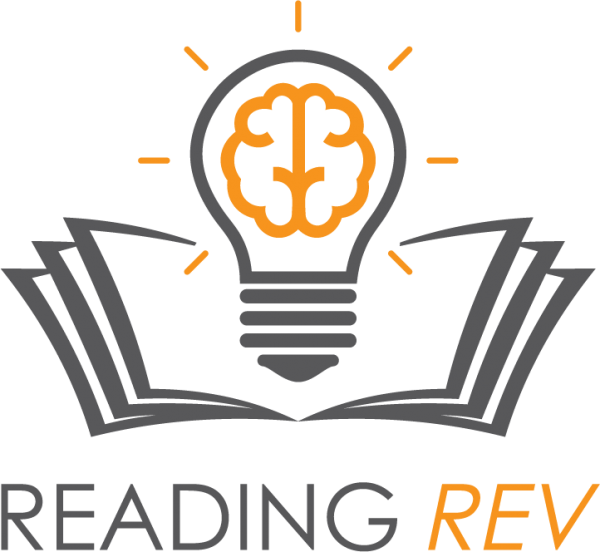Student Listening and Attention Boot Camp
Do you need a little classroom management pick-me-up for your first week in January?
A common thread I have heard a LOT this year is teachers feeling frustrated that their students lack attention and “student etiquette”. Over and over again, while leading MTSS (multi-tiered system of support) meetings, the comment would be made, “I think if this student could just listen and attend, their academics might be okay.”
I decided that like most things we want kids to learn, maybe it was time for some systematic, direct instruction. So, after some research, I consolidated the micro-skills of student behaviors/etiquette into four tangible behaviors. I called it Listening and Attention Bootcamp and explained the concept of boot camp to my classes. I introduced one skill/behavior each day. I modeled, we practiced, we over-exaggerated and we made it silly and fun. I showed my intermediate students funny memes about how exasperated their poor teachers had become. And you know what? It helped.
The 4 Micro-Skills of Student Listening, Attention, and Etiquette:
Track the Speaker
This means that you are looking at and attending to the person currently speaking. This shows that you are respecting them as a person and care about what they have to say. It also helps you comprehend what is being said because your attention is not being distracted away.
Tune in to the Teacher’s Voice
Have you ever seen Charlie Brown when they are at school and the teacher talks? It sounds like, "whaw-whaw. whaw-whaw. whaw-whaw." I show this to my class and explain that this should NOT be what they hear when I'm teaching! The teacher's voice is the most important voice in the room! We practice by having everyone talk, but instantly stop and look my way when they hear my voice.
Student Posture
This one seems obvious, but if you've been in the classroom for even one day you know the 500 ways that students can sit that is not what is described on the poster. We have a "How NOT to Sit" contest. Then, we talk about the benefits of good student posture.
Nod & Engage
What does it actually look and feel like to be engaged? You cannot learn if you are not listening and attending. This one is probably the most important! The importance of nonverbal communication can't be underestimated. Nodding shows the speaker that you are or are not comprehending. It also shows that you are listening and paying attention. Engaged students also raise their hands, follow directions quickly, and do the previous three behaviors.
Our tried and true tips:
* Make this process fun and lively instead of punitive. I ran all over the room and even outside to peer in the window when teaching Track the Speaker. I had a class of bobbleheads when we learned what it looks like to Nod and Engage. I had students show me the worst possible Student Posture and try to learn something new.
* Be consistent. This is not something that we talk about for one week and never mention again. Reminders and praise are given. For even more success, implement this across classrooms and grade levels so language and expectations are consistent school-wide.
* Visual Reminders. Take pictures of students demonstrating these behaviors. Print them and post them in the front of your class. Tape a small version on students desks. Then, simply pointing to the icon can be a simple and subtle redirection for an off task student.
* Use as a simple behavior or incentive chart. Every time your student exhibits these behaviors, they can get a tally or sticker. This can be rewarded or an easy way to set goals and document progress.
How often do we forget that we are working with small humans who may not instinctively know what our expectations are or what student behaviors look and feel like? Teaching is our job and so often it entails much more than just academics.
You can find these posters along with student desk strips in Reading Rev's VIP Site or here. What are your favorite ways to re-establish norms and classroom expectations after a long break? I'd love to hear in the comments below.
Happy New Year!
~Bri




